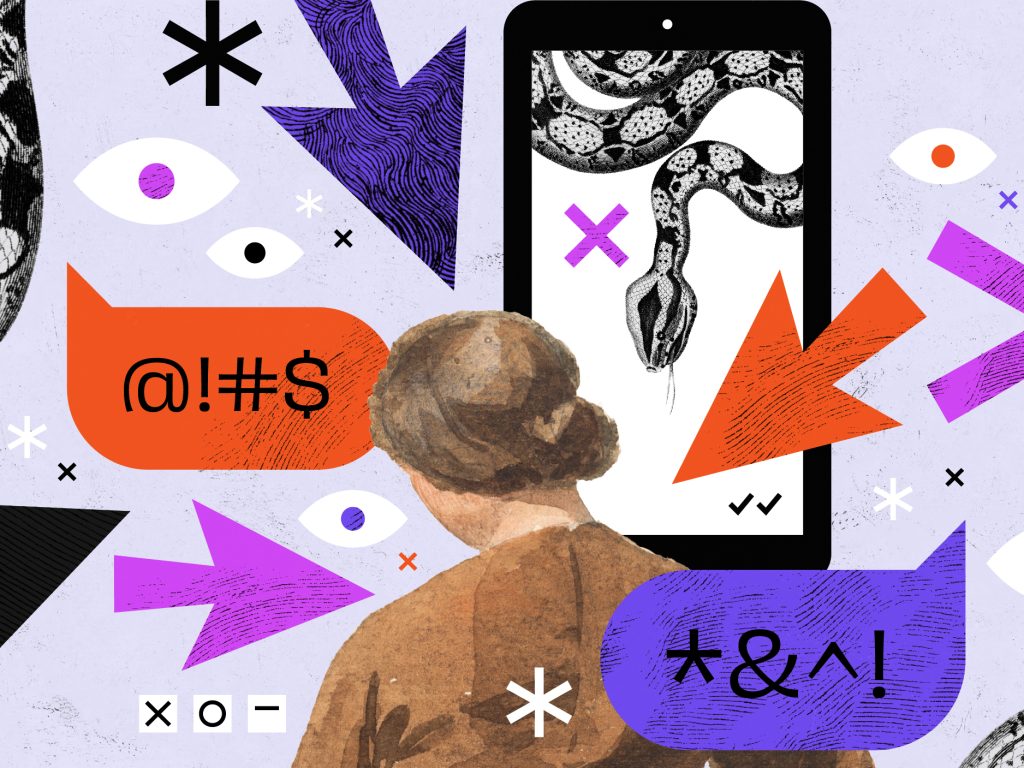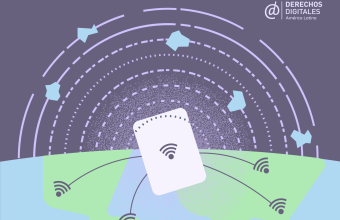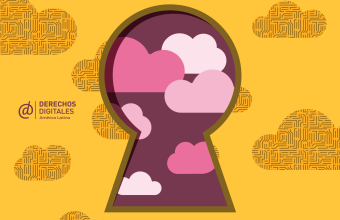Este texto está dispoible en español aquí
Historically unbalanced power dynamics, combined with systemic gender-based discrimination, have generated increasing global attention. However, even though gender equality is recognized in many international and regional human rights instruments, gender-based violence remains one of the most persistent structural problems affecting all cultures and countries.
In response to growing concern about the increase in technology-facilitated gender-based violence (TFGBV) and its far-reaching impact on individuals and society, efforts are being made at the global, regional, and national levels to establish standards and policies to address this issue. While such efforts are, in many cases, still insufficient, recent research reveals significant deficiencies in local legal systems to provide adequate protection for women and LGBTQIA+ persons.
Among the main challenges are the failure to consider this type of violence as a gender-based violation of human rights, the prevalence of the use of the criminal justice system to address it (and its abusive interpretation), the lack of balance in rights, the barriers experienced by victims in the judicial system, and impunity. Legislation, in many cases, not only has been ineffective in protecting the expression of women and LGBTQIA+ people but also puts them at risk.
New forms of gender-based violence and their impacts
Digital gender-based violence is a problem that occurs globally, violating the human rights of those affected and of society in a general way. It has differentiated impacts on groups affected by multiple forms of oppression such as race, ethnicity, gender identity, social class, migratory status, etc., and is deeply rooted in patriarchal systems and logics. Its manifestation is not an isolated phenomenon but a continuum of structural gender-based violence as it is both a reflection and a consequence of social and state systems based on gender-based discrimination.
The concept of TFGBV goes beyond the idea of online violence, as it is not only manifested in digital spaces but also through different technologies. This includes phones, GPS tracking devices, drones, and recording devices, among many others. Thus, it can affect people who are connected to the Internet as well as those who are not. This means that for some people, the experience of violence facilitated by technologies may even precede their ability to access and benefit from them, especially in contexts of exclusion.
As pointed out by Dubravka Šimonović, former UN Special Rapporteur on violence against women, its causes, and consequences, these modern forms of violence must be understood within the broader scope of gender-based violence. This idea of a continuum highlights how TFGBV is not a new and isolated phenomenon. It implies that just as violence that exists offline is transferred to online spaces where it is reproduced, amplified, and reinvented in numerous forms, practices of violence that occur online have implications beyond the digital environment, posing serious threats to the safety and physical integrity of women and LGBTQIA+ people. Digital violence generates psychological damage, affects social relations, encourages sexual and physical violence, and can even lead to feminicide. It is also considered a form of censorship as it generates a chilling effect that affects both the individual and the social sphere, causing negative effects on public debate, which is essential in democratic societies.
The silencing produced by TFGBV not only implies that the public loses relevant and diverse voices and points of view – media freedom is compromised, equity and human rights-related content are reduced – attacking pluralism as an essential element of freedom of expression and democracy; but it reinforces patriarchal gender roles, norms, and structures, leads to an increase in the gender gap and consists of a major barrier to gender equality and the fulfillment of the Sustainable Development Goals.
Fight against violence from a human rights perspective
Fighting digital gender-based violence is not the same as fighting against technology. Unbalanced public policies can have serious consequences for the rights of women and LGBTQIA+ people and the defense of gender equality. Digital technologies have contributed to counteract the historical exclusion of women and LGBTQIA+ people in the public space. They have been widely used by women and LGBTQIA+ rights activists to influence public debate and make social demands visible. The results have been significant in the recognition of rights and the development of public policies.
The obligation of States to ensure the protection of rights both online and offline thus implies a balanced approach, a fundamental element for the Rule of Law. The incorporation of human rights criteria such as legality, necessity, and proportionality when developing policies to combat TFGBV is crucial to delineate the boundaries of this balance between equally fundamental rights to freedom of expression, to privacy, and to live a life free of violence and discrimination.
More rights to overcome all forms of gender-based violence
Recognizing TFGBV as a manifestation of underlying structural problems implies that legal frameworks addressing this issue must be part of a broader multifaceted strategy that includes non-judicial measures aimed at removing systemic and structural barriers to gender equality.
TFGBV should be recognized as a human rights violation based on gender, which requires comprehensive protection of all rights within a legal framework. Not doing so, could pose a significant risk of undermining the potential for free and safe expression of the very groups the legislation is intended to protect. Legislative initiatives on sexual and gender-based violence should be integrated into the established frameworks and policies on GBV. This will ensure coherence and synergy in addressing the different forms of gender violence.
Finally, TFGBV must prioritize the specific needs and perspectives of women and LGTBQIA+ people, avoiding approaches that may reproduce unequal power dynamics. This calls for an intersectional, victim-centered perspective that offers diverse measures and approaches. The creation of meaningful participatory mechanisms throughout the policy-making process is crucial.
On the day of women’s historic struggle for gender justice, we emphasize that technology and digital spaces are key to the defense and resistance of women around the world. Violence is not to be fought with censorship, but with rights.
(*) Marina Meira is a lawyer and collaborates with Derechos Digitales in the construction of standards to combat technology-facilitated gender-based violence (TFGBV).

 Internet global: promesas y riesgos
Internet global: promesas y riesgos Una prioridad social y política
Una prioridad social y política Seguridad en la nube
Seguridad en la nube